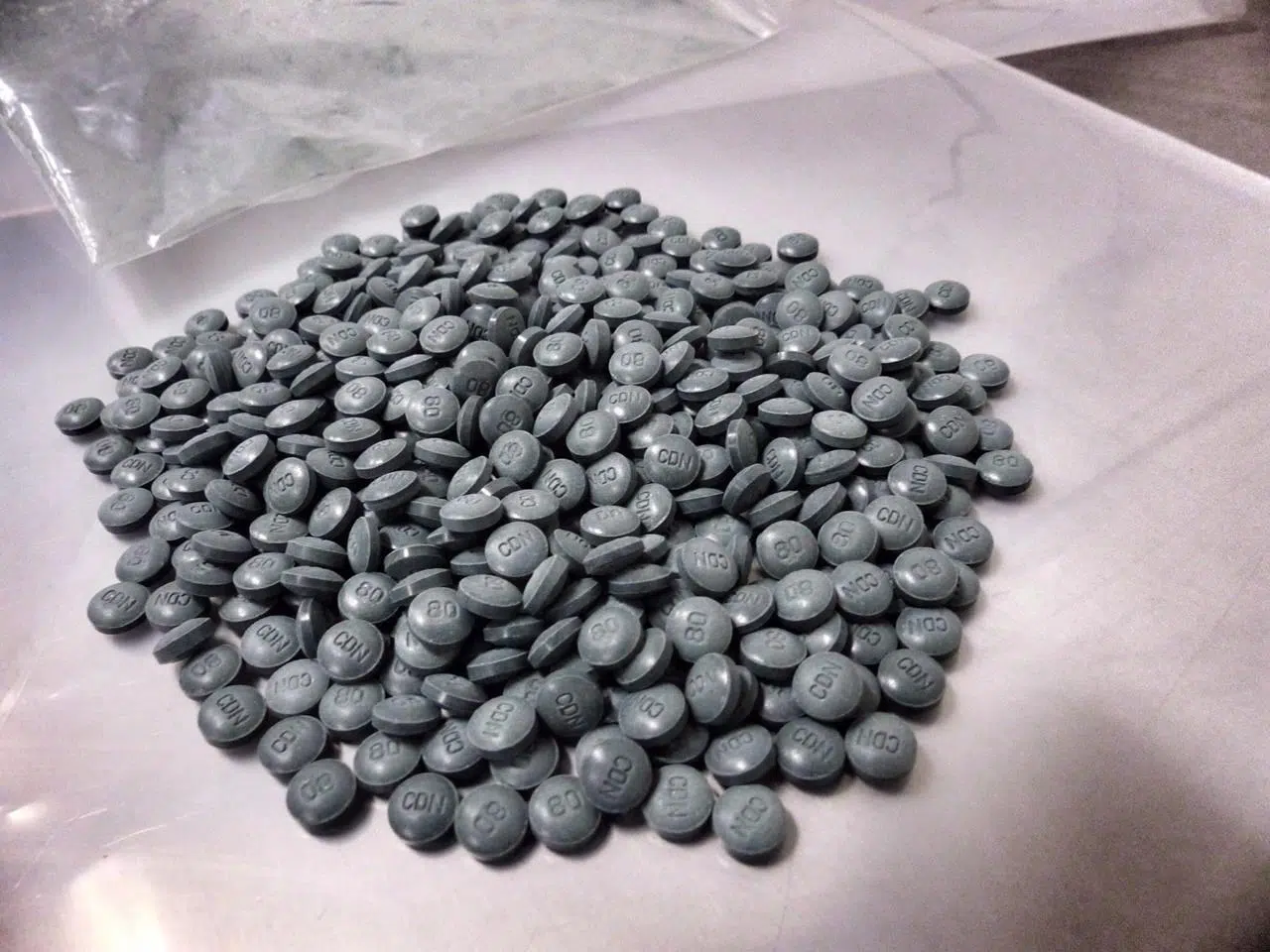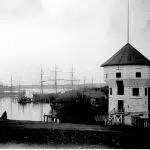
Officials meet in Toronto to tackle fentanyl issues
TORONTO — Politicians and public health officials say increasing access to overdose-fighting medication is key to tackling the fentanyl-fuelled opioid crisis that is moving across the country.
Toronto Mayor John Tory says expanding the availability of the drug naloxone in drugstores and among first responders was raised Monday during the first gathering of the Toronto Overdose Early Warning and Alert Partnership, which hopes to provide a better understanding of drug overdoses and related trends in the city.
He compared the drug to an EpiPen, a device that injects doses of epinephrine to treat anaphylactic reactions in those with severe and potentially fatal allergies, which must also be used promptly in order to be effective.
Tory also stressed the need for better — and more readily available — data on opioid overdoses and deaths. The city’s most recent numbers date back to 2015, unlike Vancouver, which obtains data on a month-to-month basis, he said.



